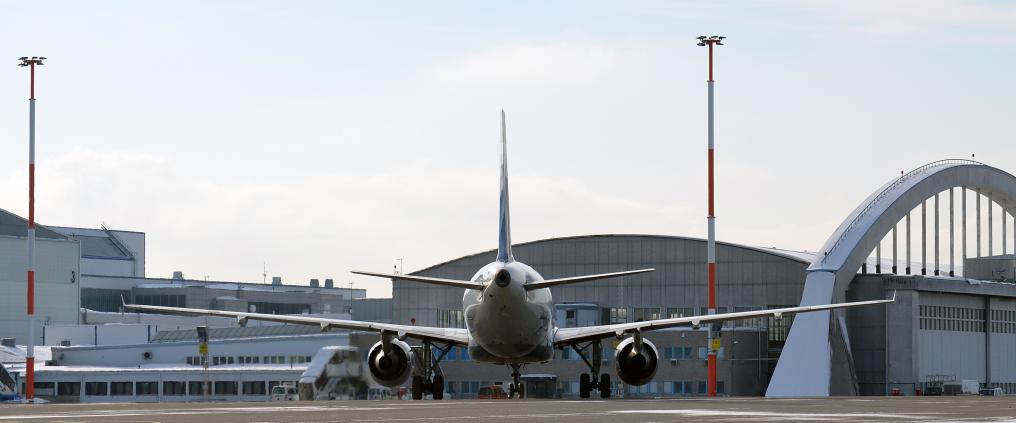In 2017, Finavia airports welcomed 22.7 million passengers, which is 9.2% more than in 2016. The number of travellers at Helsinki-Vantaa airport has risen to 18.9 million, representing a 9.9% increase from 2016. Overall, European air traveller numbers have increased by 8.5% in comparison to 2016.
Here are five reasons why air travel has experienced strong growth worldwide, and especially in Finland:
1. Finnish and global economic growth
The Finnish economy is experiencing a fast and broad growth period. In 2018, the economy is estimated to grow by over 2%, according to the predictions of banks and financial forecasting institutes. At the same time, consumer confidence in personal financial stability has increased, which reflects positively on air travel.
People travel abroad more and can afford to fly for shorter weekend trips. Currently, the economy is growing both in Finland, as well as in Europe and globally.
2. Growth in senior travellers
Due to achievements in modern medicine, people's wellbeing has improved and the growing number of older people is more active than before. Once retired, people no longer sit in their rocking chairs, but rather go explore the world. For instance in Finland there was total of 2,259,845 Finns aged 50 years or older at the end of 2016.
Increasing numbers of senior travellers’ also means increasing demands on airport operators like Finavia, as they must ensure smooth services for aging travellers. For instance, the need for assisted travel and first-aid responses at airports increases.
3. Growing middle classes, especially in Asia
The middle class is growing rapidly in many Asian and other developing markets. As the standards of living raise, more and more people are able to travel, which has brought increasing numbers of Asian tourists to Europe.
The fastest and most direct route from Asia to Europe runs through Helsinki Airport. To better serve the influx of Asian transfer passengers, the airport has invested, for instance, in Chinese-speaking customer service advisors, mobile translation services, and online payment methods preferred in Asia.
Traveling through Finland also increases its interest as an end destination. Travel agents, airlines and Finavia together work for getting Asian travellers to spend time in Finland instead of just passing through Helsinki. Increasingly, in fact, passengers head also for Finnish Lapland.
4. Fast and smooth transfer connections
As an efficient air travel hub between Asia and Europe, Helsinki Airport has been steadily attracting more and more transfer passengers. Research shows that a third of transfer passengers choose their route partially based on the transfer airport. The on-going Helsinki Airport development programme seeks to ensure that the airport can support a growing number of passengers so that they continue to choose Helsinki as their transfer airport also in the future.
The investments will help the airport serve 30 million passengers annually in the year 2030. In addition, growing numbers of flight connections also mean better opportunities for Finns to travel the world.
5. Increased mobility of people
Smoother and cheaper flight connections have increased people’s mobility globally. In 2016, there was a total of 3.7 billion passenger flights made worldwide, and the number of global air travellers is expected to double by 2034. It looks like the air travel industry will continue on a growth curve, especially at Helsinki Airport and other hub airports.
Read more about the record-breaking year at Finnish airports



